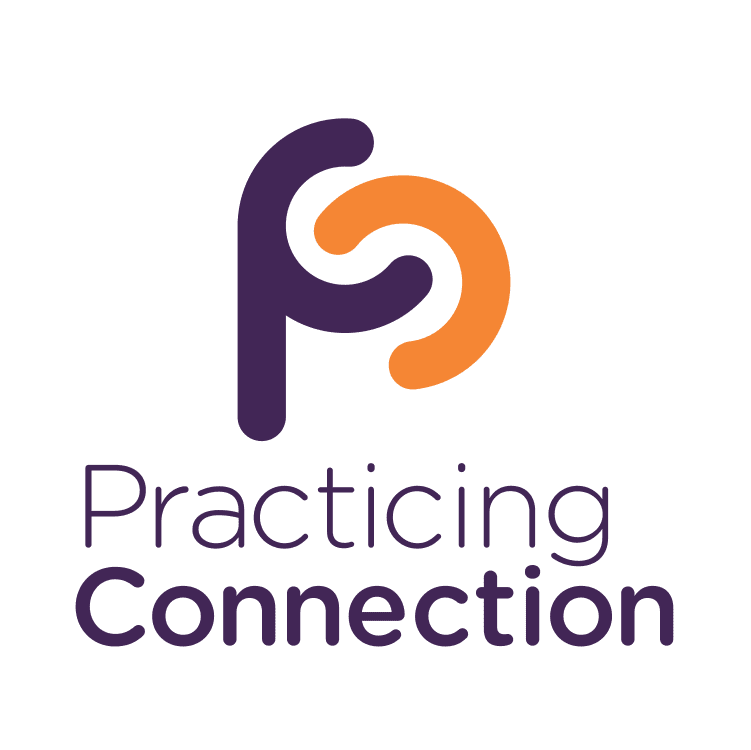(Season 5, Episode 25)
Research has shown we have a negative bias against creative ideas because we are uncomfortable with uncertainty. Implementing new ideas means change and change brings uncertainty, so we dismiss new ideas before that uncertainty arises.
Bob Bertsch shares a practice that can help us deal with that uncertainty by seeing that all ideas, even ones that lead to awesome innovations, start out as bad.
Links












